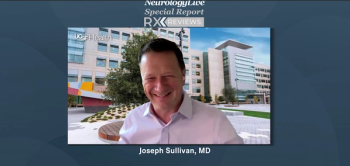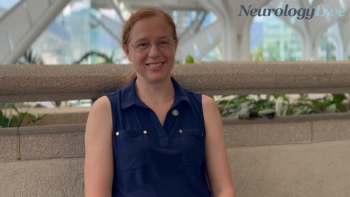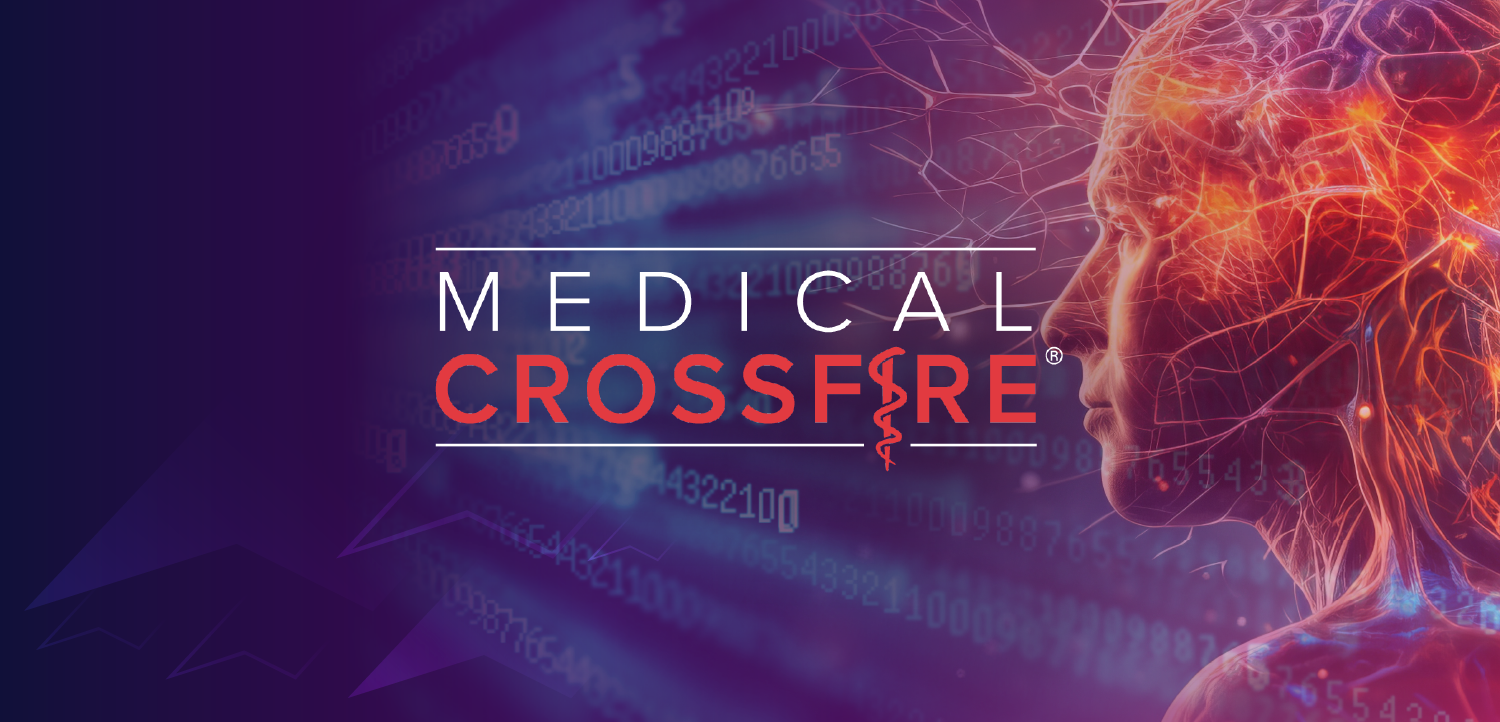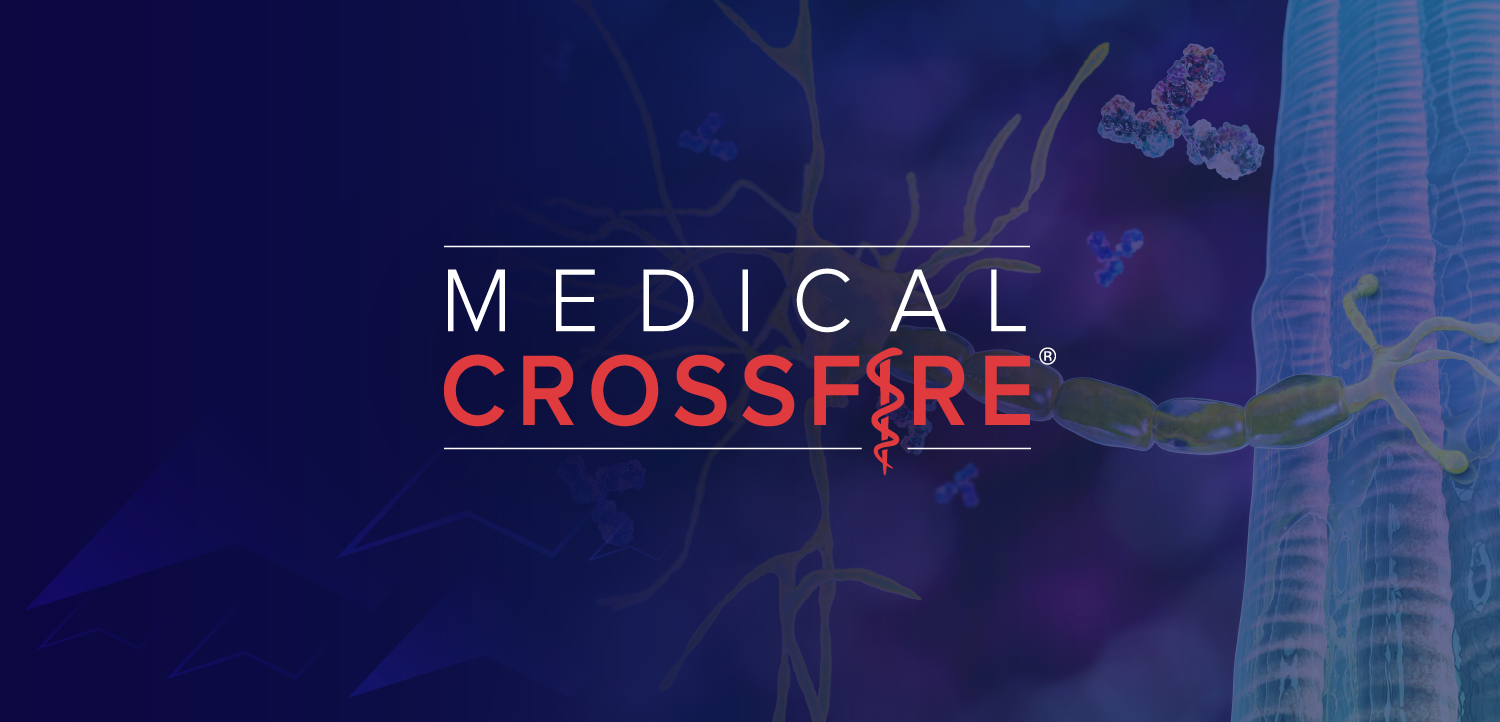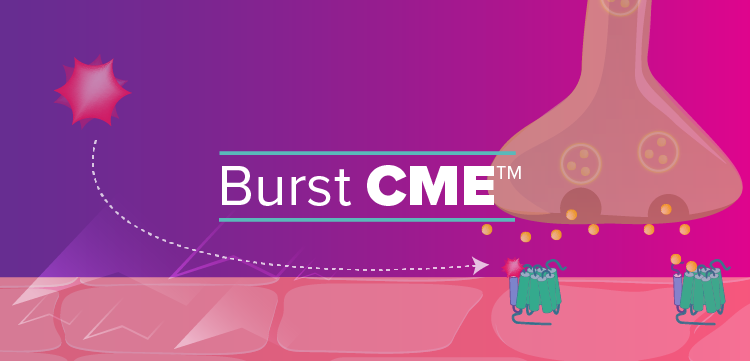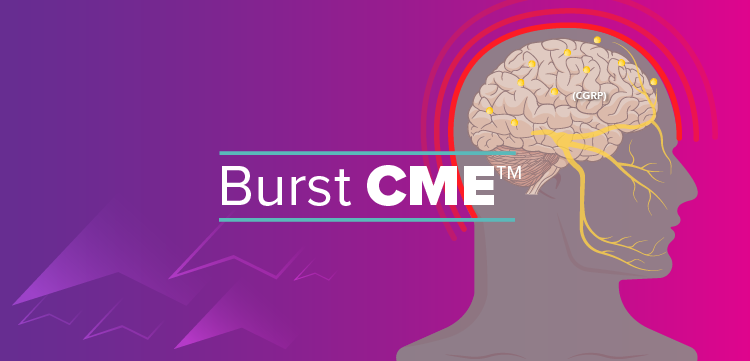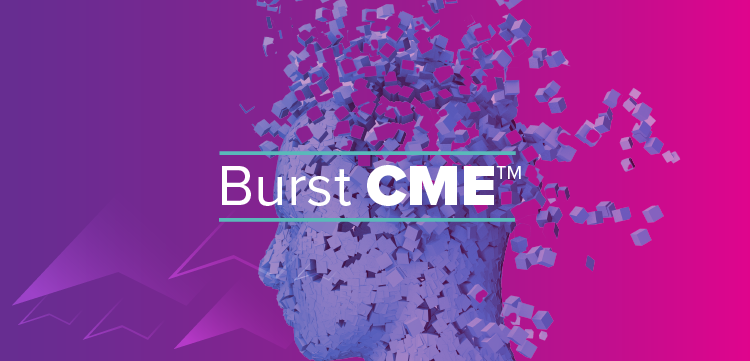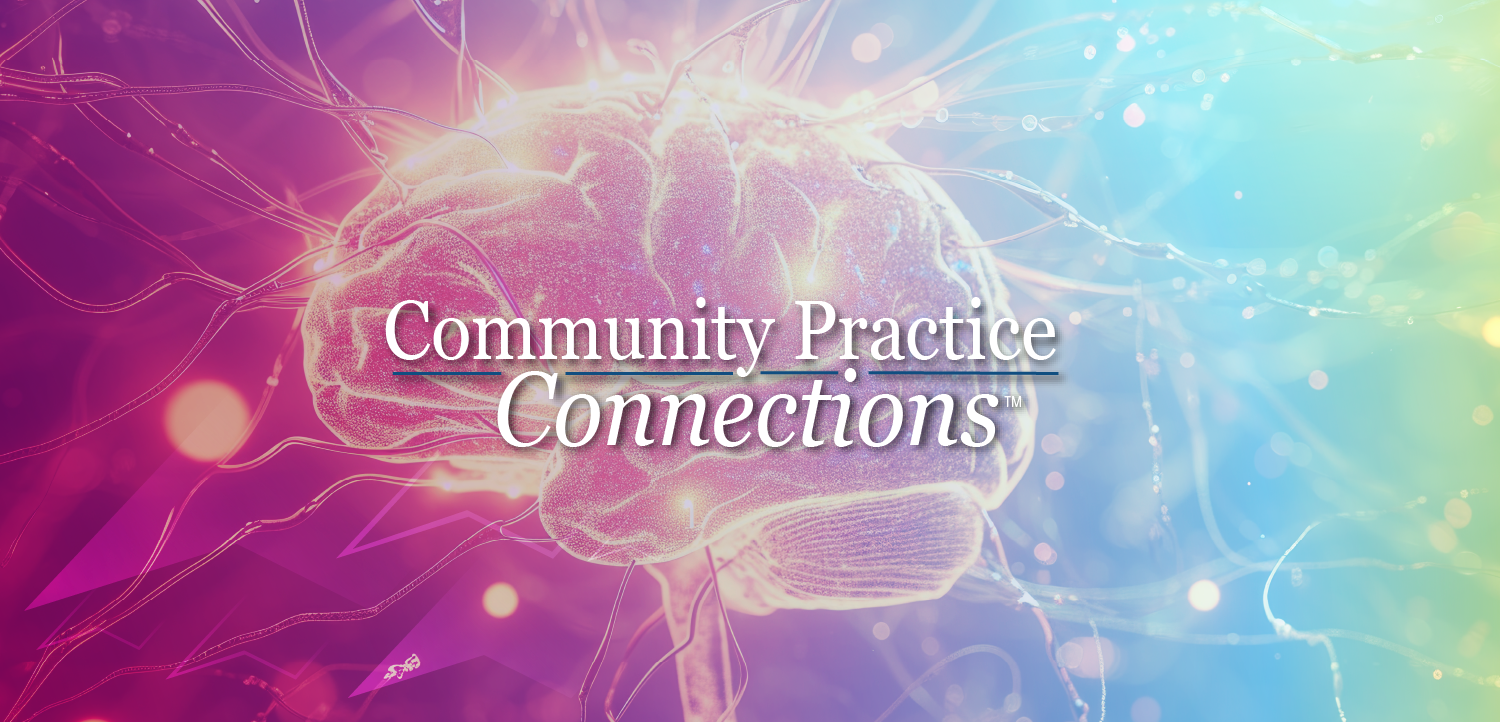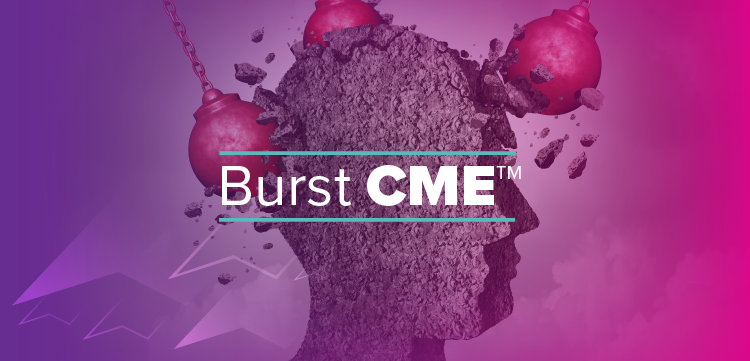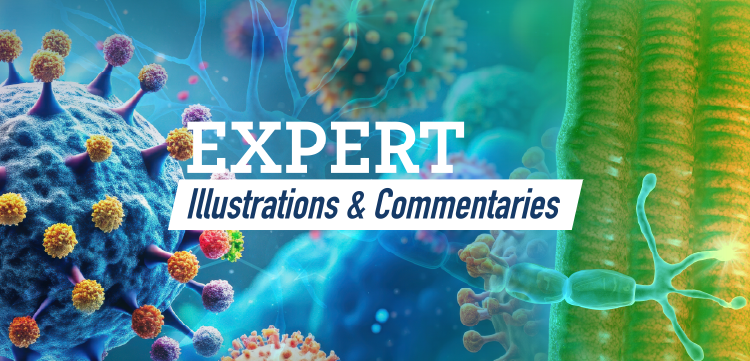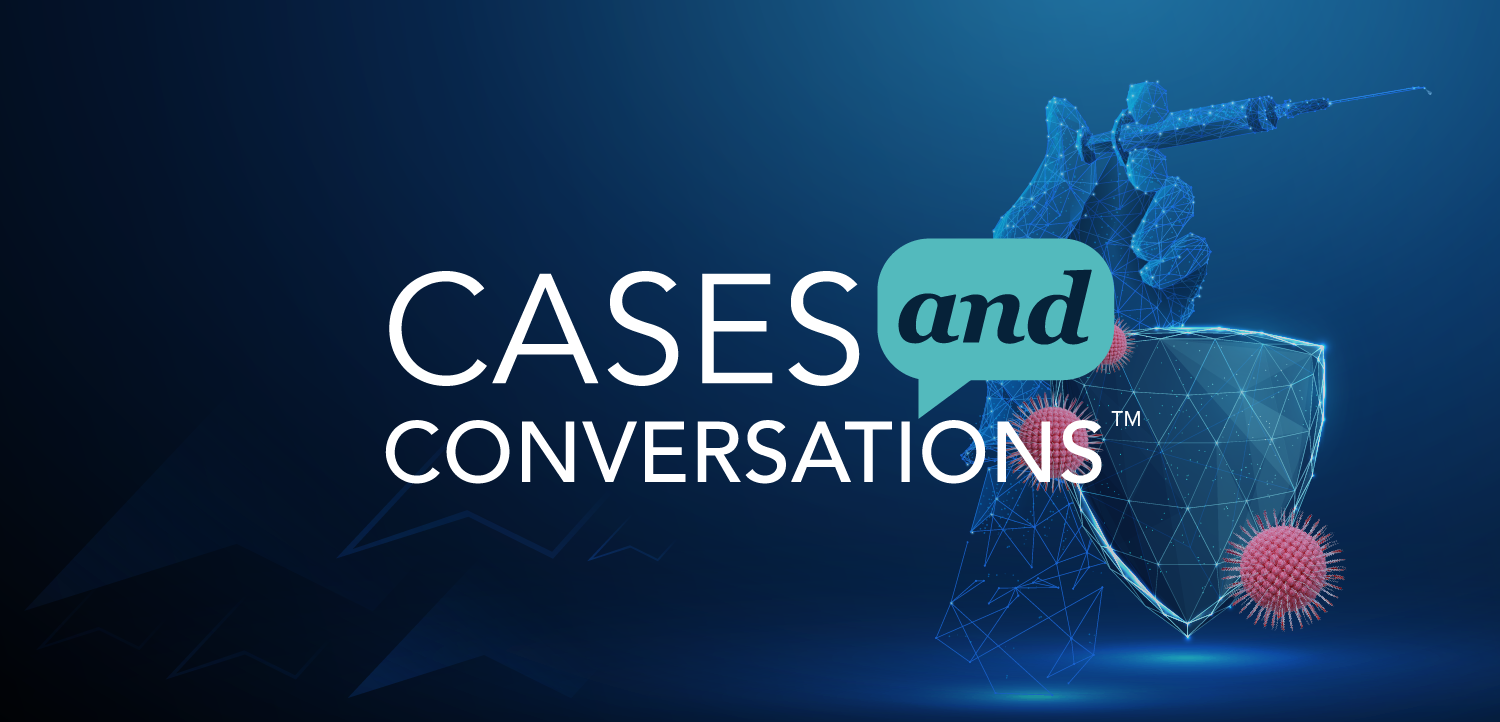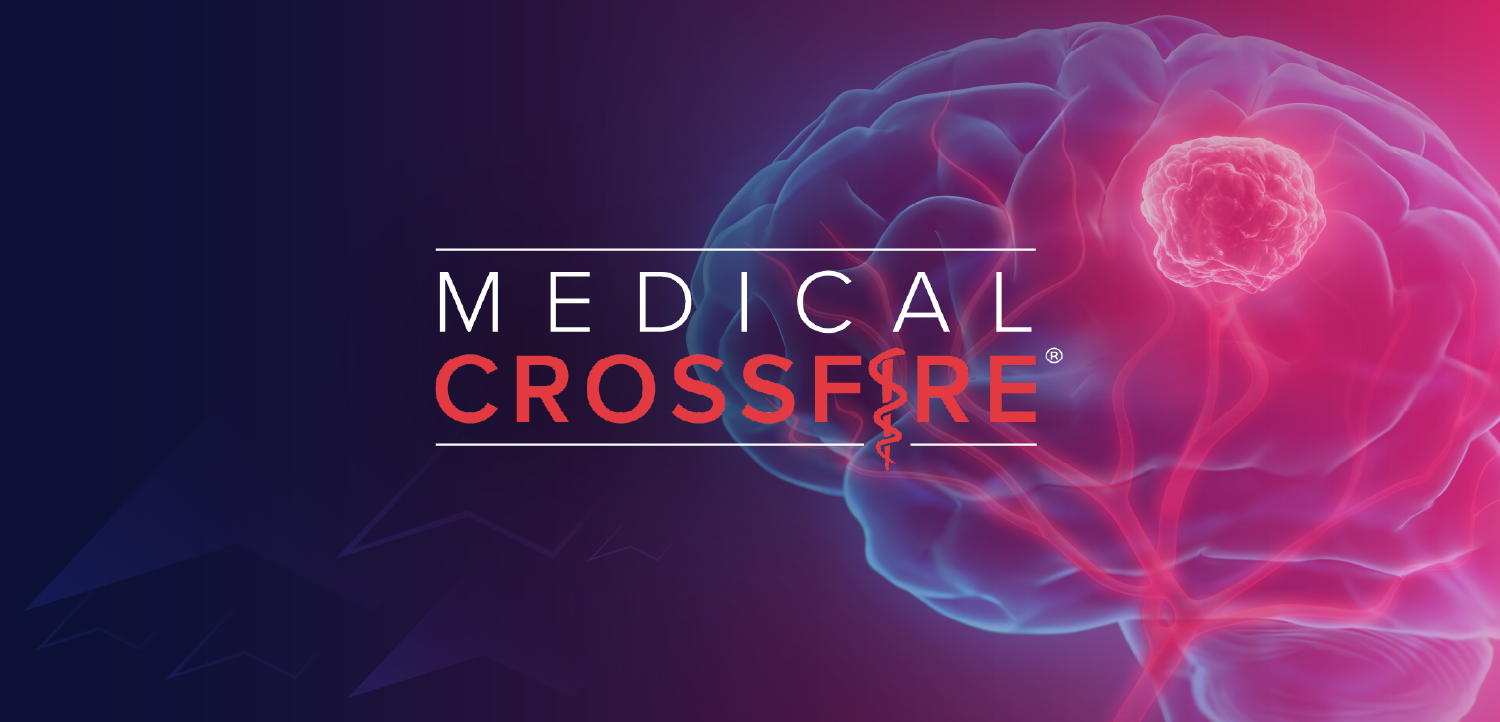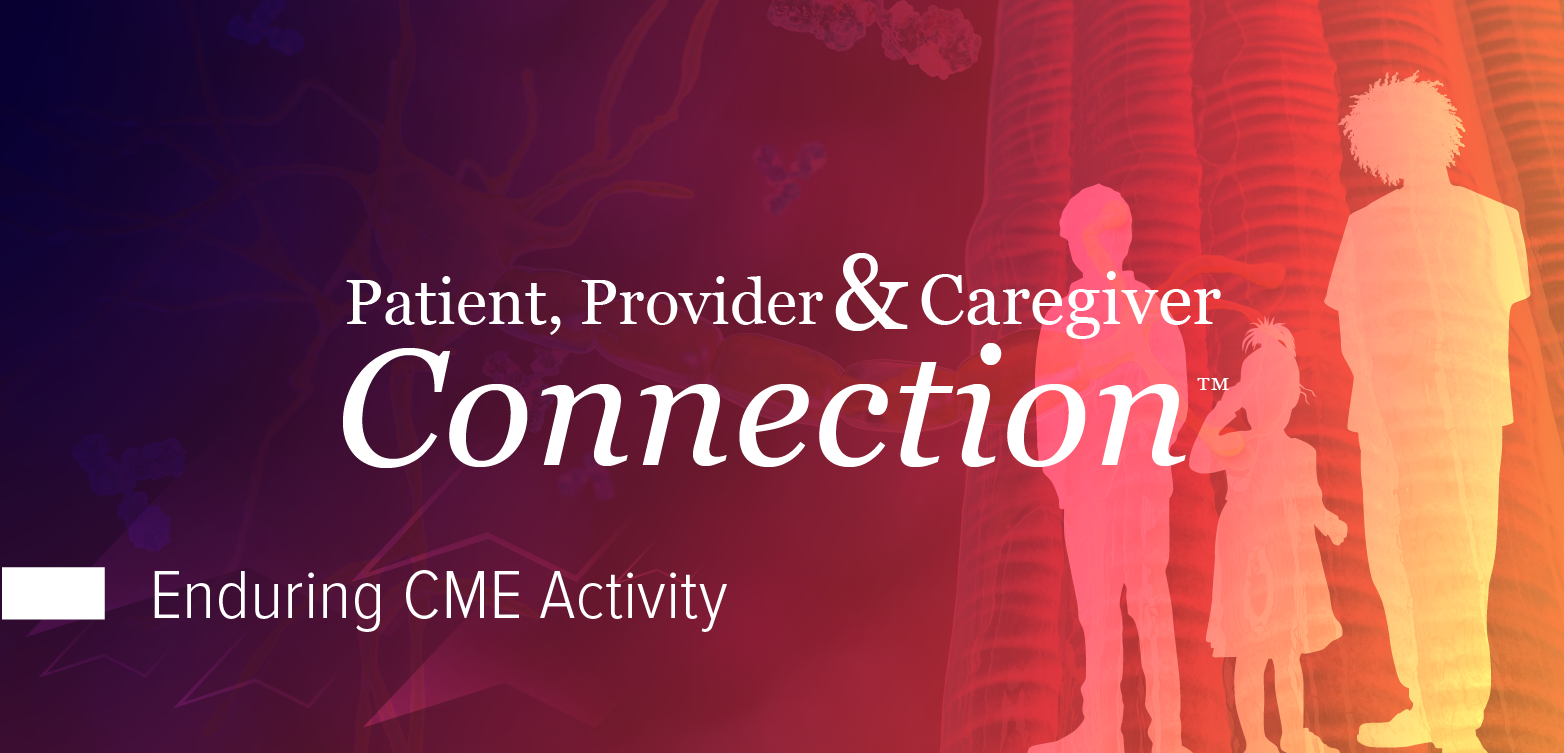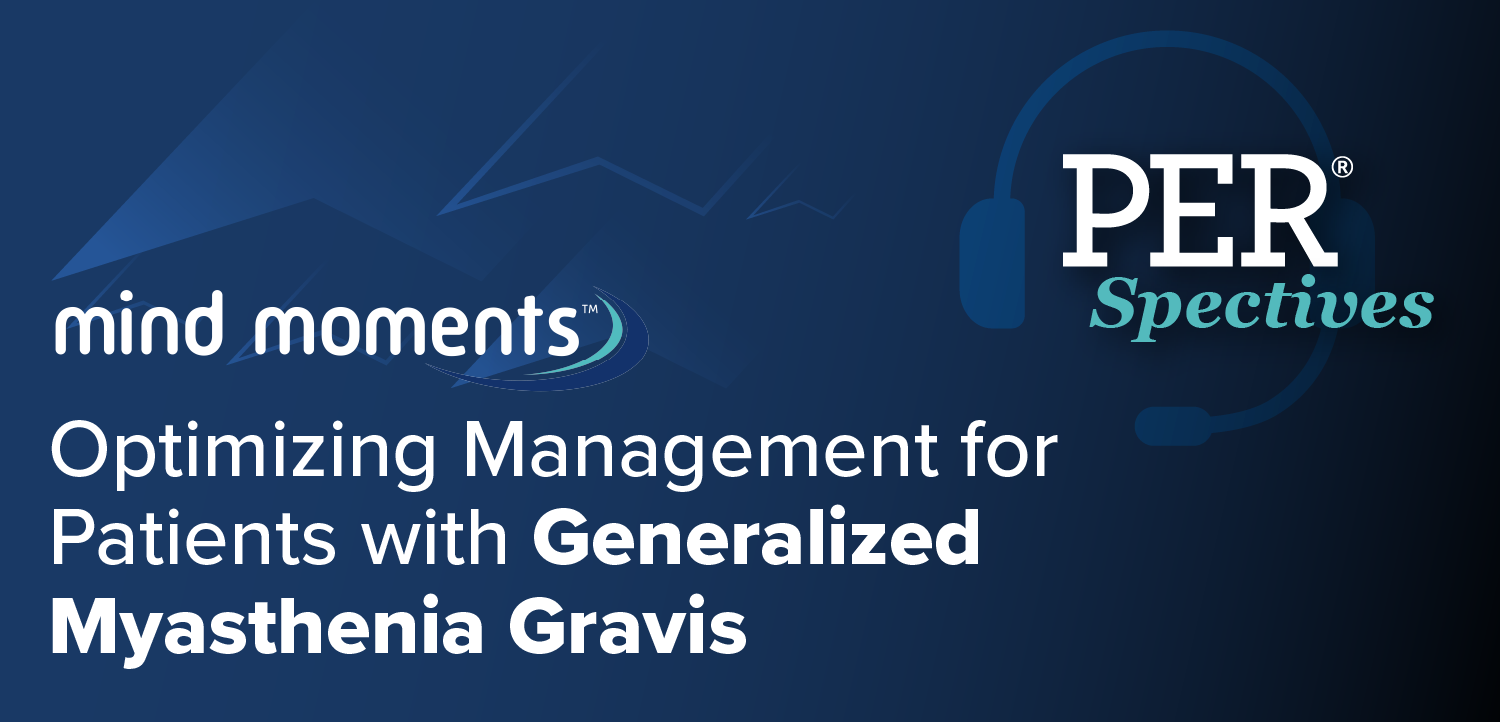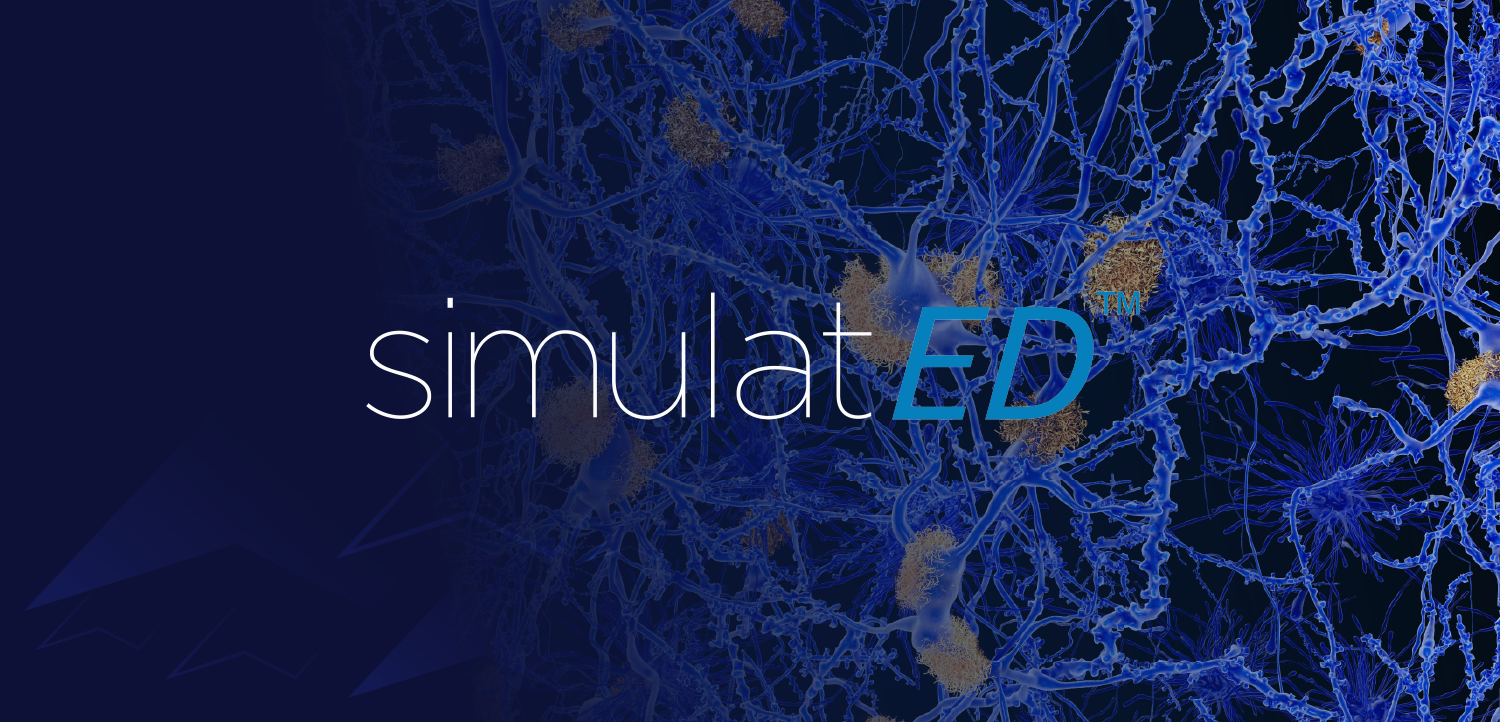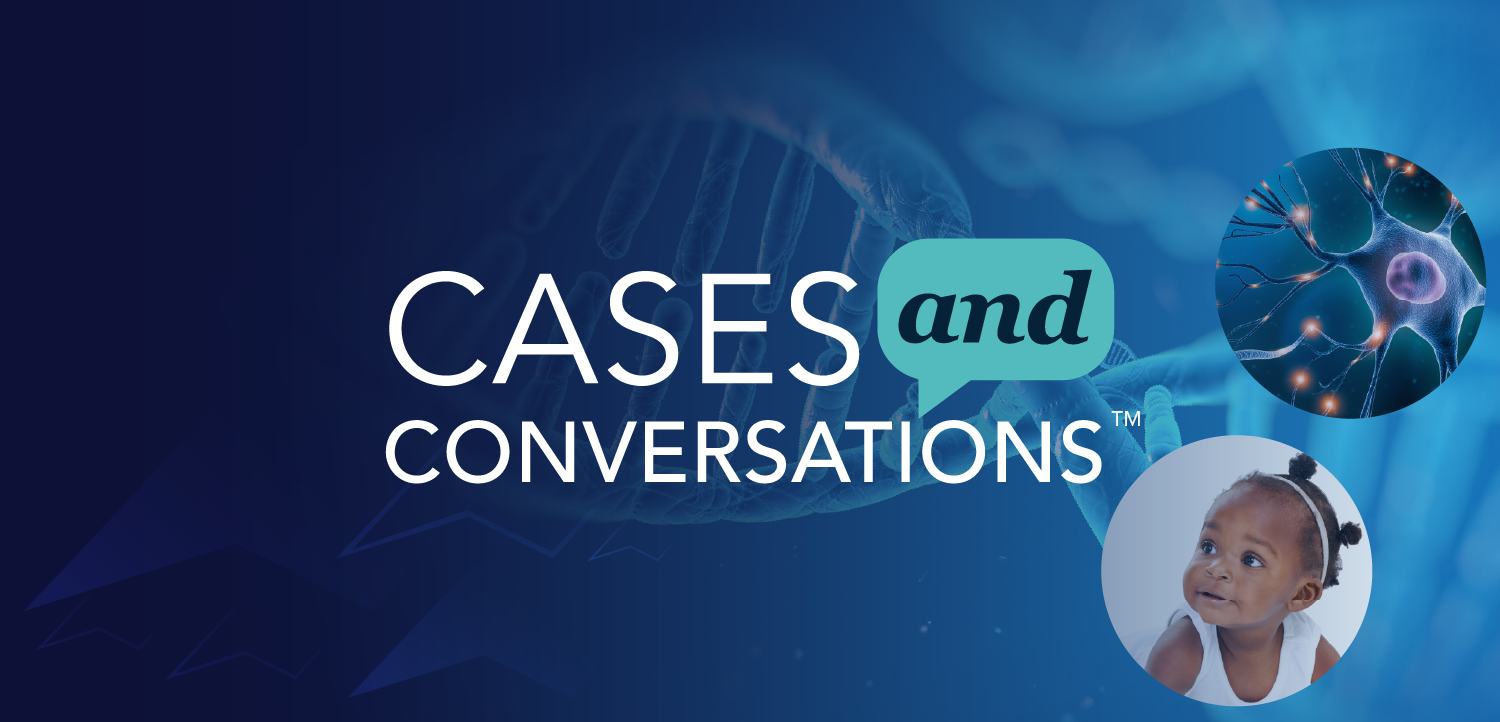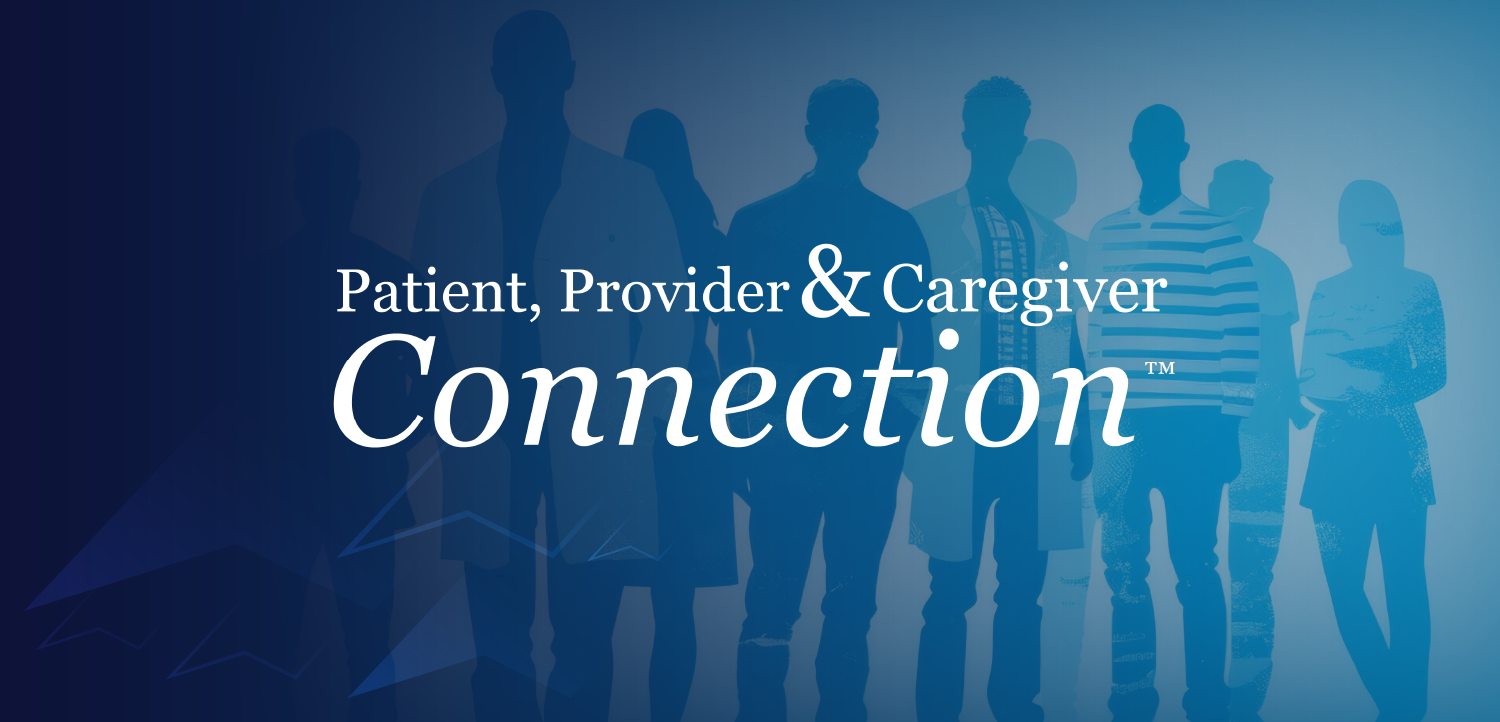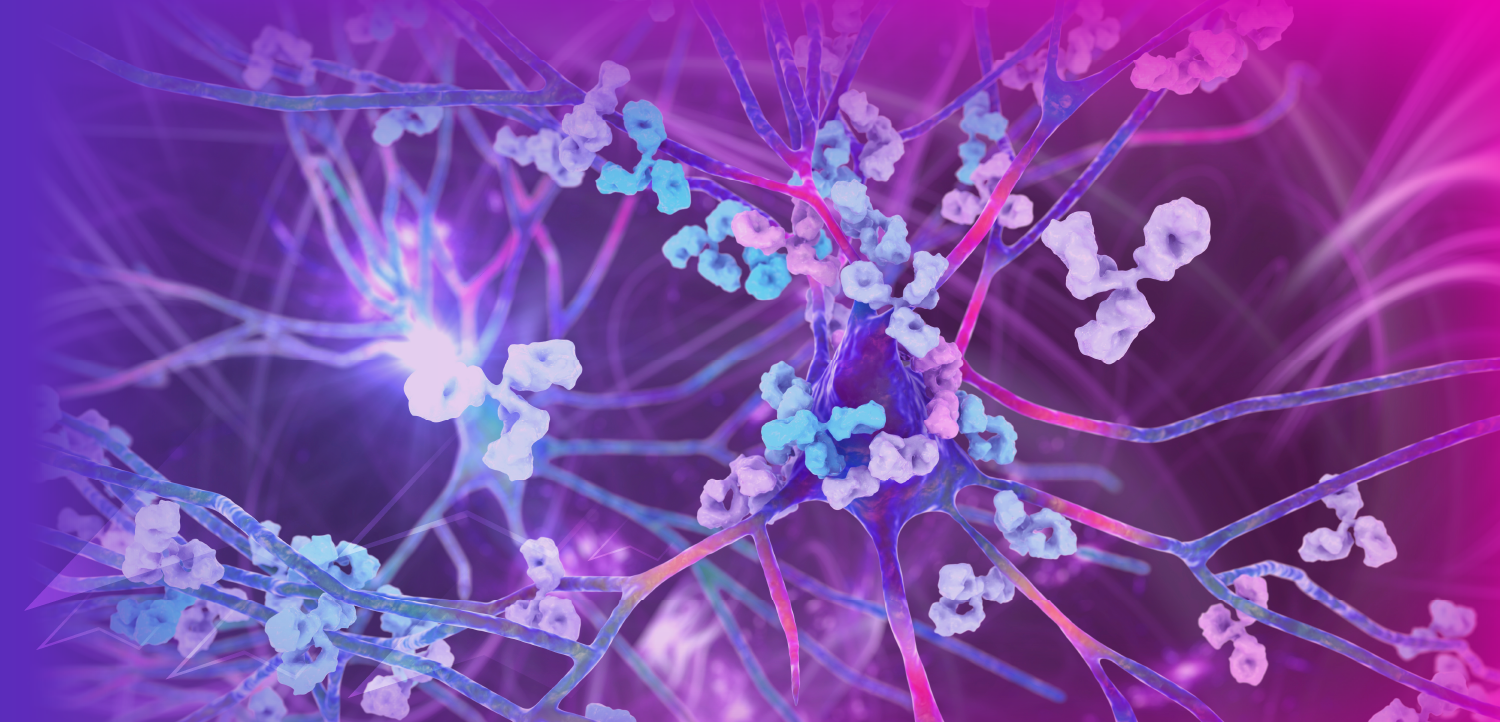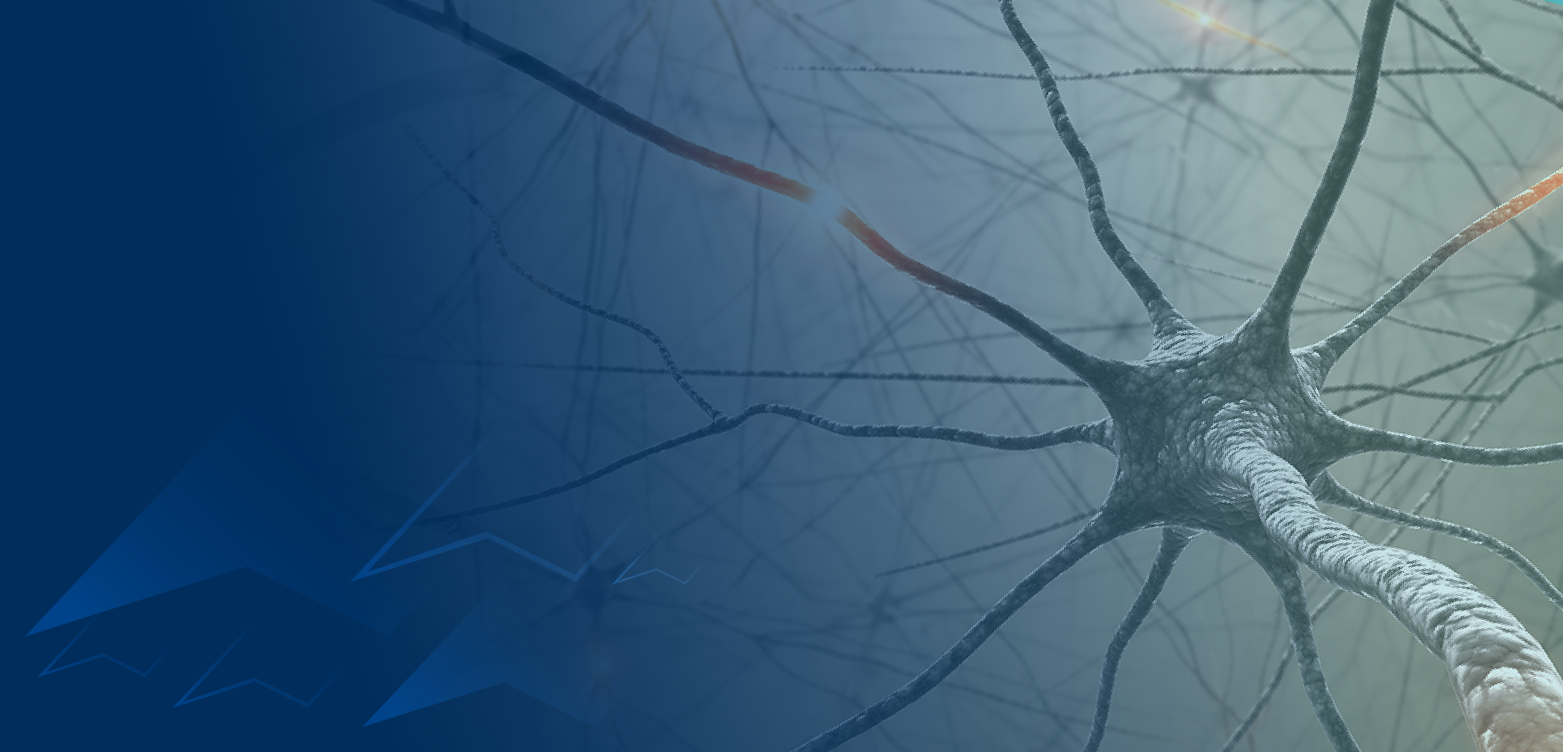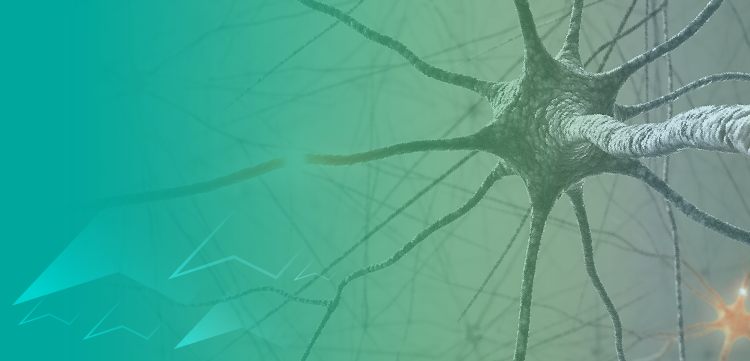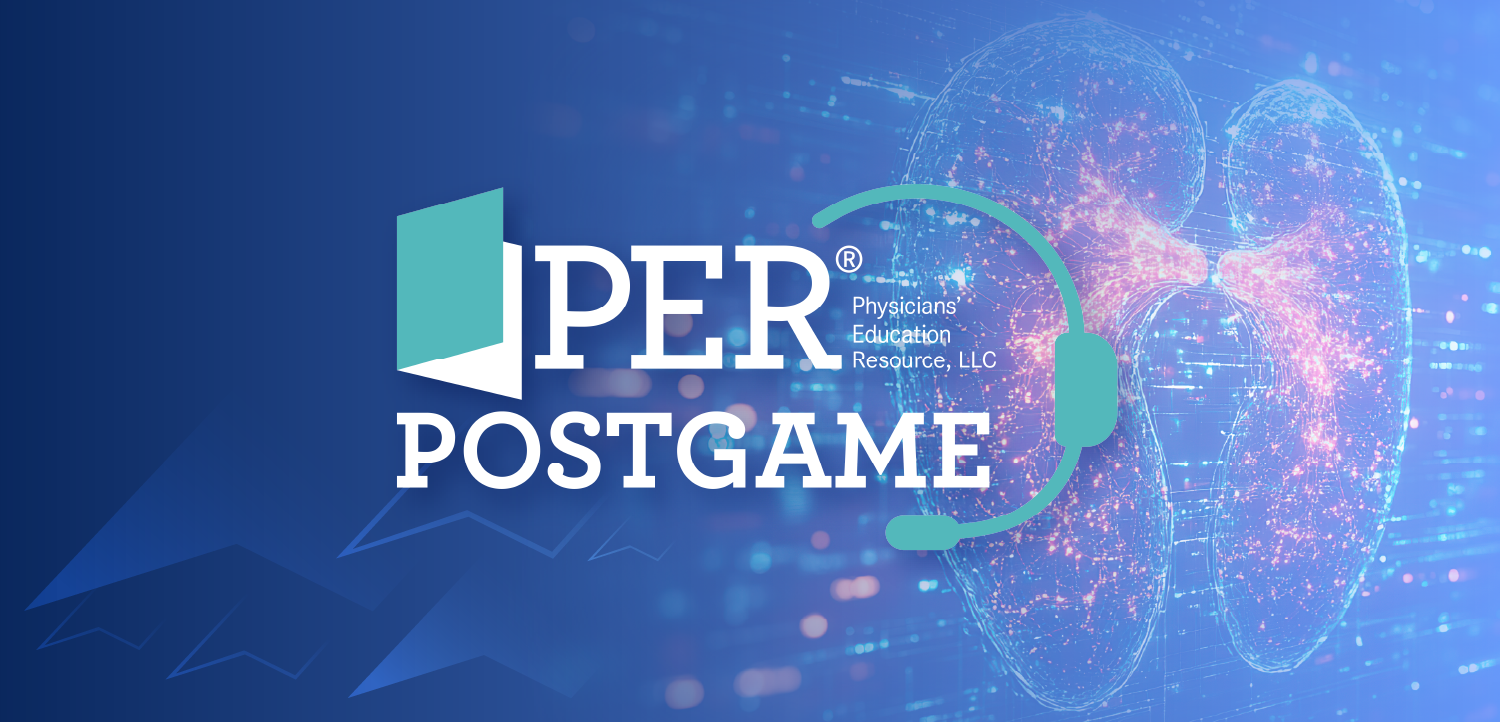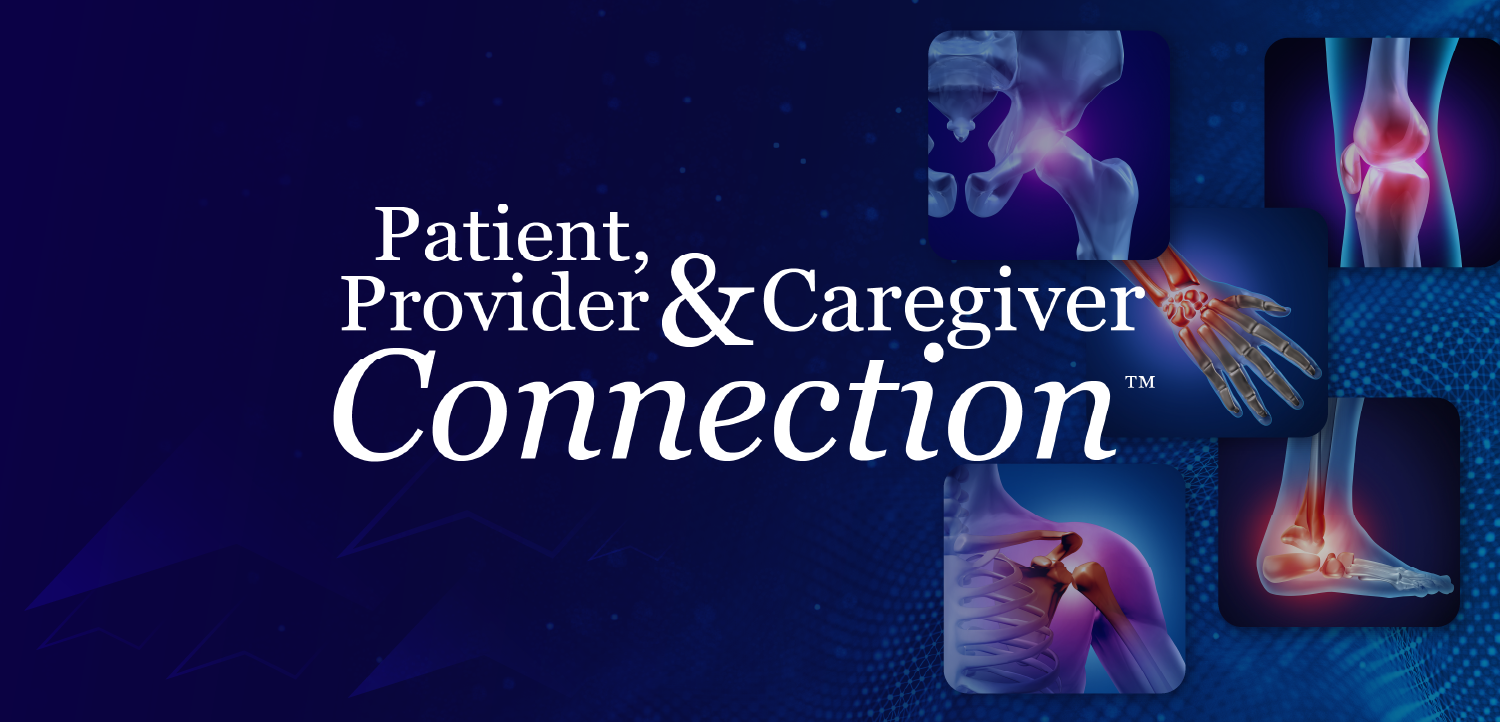
Stem Cells in Epilepsy: Innovations and Challenges in Neurosurgical Treatment
Jonathon Parker, MD, PhD, an assistant professor of neurosurgery and neuroscience at Mayo Clinic Arizona, provided commentary on the promise and roadblocks behind stem cell approaches in epilepsy.
Treating seizures in patients with epilepsy involves a variety of approaches, and the right treatment often depends on factors such as the type of epilepsy, the frequency and severity of the seizures, the patient’s age, and the presence of any underlying health conditions. Antiepileptic drugs, which work by either enhancing the effect of inhibitory neurotransmitters or by inhibiting excitatory neurotransmitters, are the most common treatment for epilepsy; however, newer approaches, such as stem cell therapy, are gaining deserved attention.
The idea behind this innovative approach is to repair or regenerate damaged brain tissue, restore lost interneurons, and potentially reverse or reduce seizure activity. There are several ongoing studies investigating the transplantation of neural stem cells or other specific neuronal subtypes (like inhibitory interneurons) into the brain, including Neurona’s NRTX-1001, a novel stem cell therapy designed to replace lost interneurons in the hippocampus.
During the
NeurologyLive: Why is stem cell therapy a promising approach for patients with epilepsy?
Jonathon Parker, MD, PhD: I think it's a very exciting approach because it has the potential to be a regenerative therapy for our patients with epilepsy. Many of the therapies we currently have in our surgical toolbox, such as open temporal lobectomy or laser ablation, can be very safe and effective, but they are destructive, irreversible procedures. They can also come with cognitive side effects for some patients, putting us in a scenario where we know we can help control a patient's seizures, but there are risks to cognition and memory. So, all of us in neurosurgery, neurology, and epileptology want to look to the future and ask if we can develop a therapy that can regenerate some of the abnormal neural circuitry that’s dysfunctional in epilepsy and provide patients with dramatic seizure reductions, or hopefully seizure freedom, without requiring a destructive procedure.
It’s really exciting when we look back at the basic science behind why we’re interested in cell therapy for epilepsy. Over the past few decades, researchers—many of whom I greatly admire—have been studying the role of different neuronal subtypes and populations in epilepsy. At a high level, we now understand there’s an imbalance between excitatory and inhibitory neurons, especially in mesial temporal lobe epilepsy, which is one of the most common forms of adult epilepsy. In patients with mesial temporal sclerosis—where we see a sclerotic, abnormal hippocampus on imaging—there’s actually a loss of inhibitory neurons, or interneurons, that produce GABA, which is typically an inhibitory neurotransmitter. We believe that the loss of these interneurons is critical in the development of epilepsy. So the hypothesis is: Can we repair or regenerate these interneurons to restore the excitatory-inhibitory balance, and hopefully stop seizures or dramatically reduce them? That’s the preclinical rationale, and much of it comes from basic science labs working with both small and large animal models. Now, it’s being translated into the first human studies for intrahippocampal transplantation of human interneurons.
Are there any vehicles or mechanistic approaches to stem cell therapies that we feel are most promising?
The biggest experience we’ve had with human cell transplantation for neurologic disorders has been in Parkinson disease and stroke, with several trials occurring over the past decade. Early on, there was a lot of excitement around human fetal dopaminergic cell transplants for Parkinson disease, but those trials were limited by side effects and unintended consequences. It’s probably still too soon to make definitive conclusions about stem cell therapy for stroke, as the science is still evolving. We’re still figuring out what neuronal cell types are lost in stroke—whether it’s the primary motor neurons, supportive cells like astrocytes, or cells within the gliotic scar. Innovative work, such as that done by Gary Steinberg’s group at Stanford University, is advancing our understanding in this area.
What’s different in epilepsy, however, is that the field has been very methodical. Researchers have carefully characterized the pathophysiology in both small animals and humans, identifying the specific cellular constituents that are abnormal or lost. They’ve then taken a targeted approach, engineering embryonic stem cells to differentiate into specific types of neurons. These cells have been thoroughly genetically characterized at the transcriptomic level, and their migration patterns have been studied in detail. The advantage here is that the field has now focused on a very specific cell type, which is a major shift compared to earlier stem cell trials, like those in Parkinson disease. In those trials, there may have been a more heterogeneous cell population, which wasn’t as terminally differentiated, leading to some off-target effects.
In contrast, the dominant epilepsy program behind the first human trials is using a pure cell population to address the well-characterized pathophysiological mechanism. It’s exciting because the techniques for preparing these cells have advanced significantly compared to earlier fetal stem cell trials for Parkinson’s. For stroke, I think similar targeted approaches are needed, but the complexity of stroke—subcortical versus cortical damage, stroke volume, and time dynamics—still makes it a bit more complicated. While I’m very optimistic about the future for stroke patients, I think stem cell therapies for epilepsy are much more straightforward and have the potential to make a big impact.
You’re the lead investigator for a trial site testing NTRX-1001. What does that drug entail, and how is the study conducted?
This is a first-in-human stem cell trial. The cell product is the result of years of preclinical work by many investigators, looking at human interneurons. The company behind the trial is Neurona, which is sponsoring the trial across multiple sites in the country. This research comes from preclinical studies on interneuron loss, particularly in mesial temporal sclerosis, and the company has spent significant time understanding the transcriptomics of these cells and how they behave when injected into small and large animal models.
The idea is to take human embryonic stem cells and guide them down a developmental path to become a very specific subtype of interneuron, which has been carefully characterized at the transcriptomic level. One of the main concerns in stem cell therapy is whether these cells could revert to a pluripotent state or develop into a different, unintended cell type, such as an excitatory neuron. Based on the preclinical data, I’ve seen no evidence of that, which is very encouraging.
The clinical trial itself involves a small incision at the back of the head, with a small burr hole made in the skull. Then, using precise stereotactic techniques, we deliver a cell delivery cannula to the hippocampus, where we slowly and methodically deposit the cells. The cells used in this trial are from human embryonic stem cells, so immunosuppression is required. There’s some early evidence suggesting that long-term immunosuppression may not be necessary, which is a hopeful sign.
In the future, autologous stem cell therapies—where stem cells are derived from a patient’s own cells—may be the next step. Companies like Aspen Neuroscience are working on this approach for Parkinson disease, where cells are derived from a patient’s own germline or other stem cell sources. If that becomes the standard, it would eliminate the need for immunosuppression, which is a big step forward.
What challenges or roadblocks do we have in advancing stem cell therapies for epilepsy?
There are a lot of unanswered questions. How many cells do we need? Where do we place them? What is the optimal dose? Would patients benefit from repeated doses? There’s a range of questions we need to consider to optimize the therapy, but the first priority is safety. We must ensure the cell product is safe, and then, of course, demonstrate efficacy. That’s the structure of our clinical trials.
For novel therapies like this, there’s a tension between regulatory agencies, like the FDA, and what clinicians see as the best approach. There are many factors to balance: regulatory guidelines, patient safety, and patient needs. The goal is to provide a therapy that significantly reduces seizures or even eliminates them. However, from a regulatory perspective, there’s pressure to design clinical trials with sham surgery controls, which might make sense scientifically but are ethically challenging. Asking a patient with refractory epilepsy to undergo a sham surgery as part of a trial is a difficult conversation, both from a clinical and a family perspective.
We need to continue the dialogue between our clinical community, regulatory agencies, and patient advocacy groups like the Epilepsy Foundation to find innovative clinical trial designs. These designs should balance scientific rigor with patient needs, allowing us to move these therapies forward without compromising safety or efficacy.
Are there aspects of cell therapy in epilepsy that the clinical community is uninformed about?
One important perspective is that cell therapies should be seen as part of the broader treatment toolbox. While we’re eagerly awaiting the first FDA-approved cell product for epilepsy, we know that we’ll need to figure out how to combine cell therapy with ongoing medication management. While neurosurgeons will be central to delivering these therapies, the process requires close collaboration between neurology, neurosurgery, and other specialties within the neurosciences.
Even though cell therapy may reduce a patient’s need for medications, medications will still play a role. The challenge will be to understand the synergy between the two: How can we maximize the effects of both while minimizing side effects? This interplay between cell therapy and medications will need to be carefully studied and optimized.
Epilepsy is a unique disorder, right, in that a fair number of patients have it from a young age.
Epilepsy is very unique because it often starts in younger patients, whether children or young adults. For conditions like Parkinson disease or stroke, most patients are older, but in epilepsy, patients may have decades of life ahead of them with this condition. So, the potential for a regenerative or restorative therapy is extremely exciting to patients, as it could mean they don’t need to rely on medications for the rest of their lives. The idea of changing the trajectory of their condition early on in life is a big draw for participation in clinical trials.
There are also ongoing efforts to find more minimally invasive ways to deliver these therapies, like through blood-brain barrier disruption or endovascular approaches, though we’re not quite there yet. But for conditions like mesial temporal lobe epilepsy, where the source of the seizures is well-defined in the hippocampus, it makes sense to deliver the therapy closer to the problem. Many patients are eager for a treatment that could make a lasting difference in the course of their disease.
The delivery science of these therapies is also very important.
At institutions like the Mayo Clinic, we have the infrastructure to perform these procedures with precision, thanks to stereotactic techniques and high-resolution brain imaging. But these therapies won’t be available at every center right away. As new stem cell and gene therapies get FDA approval, it will be crucial to ensure we have the right workforce, delivery systems, and technology in place to deliver these therapies safely and efficiently across the country. We must think about how to expand access to these therapies, especially as they could benefit not just epilepsy patients, but also those with stroke and Parkinson disease.
Newsletter
Keep your finger on the pulse of neurology—subscribe to NeurologyLive for expert interviews, new data, and breakthrough treatment updates.

